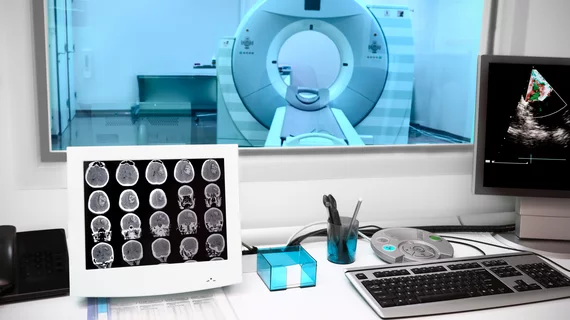Radiographer staffing vacancies increased across most specialties, ASRT survey finds
The number of vacant radiographer positions that are actively being recruited has risen, with many disciplines reaching their highest marks in more than a decade, according to new research out of the American Society of Radiologic Technologists (ASRT).
ASRT surveyed radiology department managers across the U.S. as part of its biennial “Radiologic Sciences Staffing and Workplace Survey 2019.” The 409 responses yielded a radiographer vacancy rate of 8.5%, an increase from the 4.2% reported in the 2017 survey.
“This year saw an increase in the vacancy rates across most of the disciplines that we are tracking,” said ASRT Director of Research John Culbertson, MEd, MA, in an ASRT statement.
Among those with rate increases was mammography, which jumped to 5.6% from 2.7% in 2017. Additionally, the vacancy rate across CT increased from 4.5% to 10.1%, while sonography rose from 4.3% to 9%. Bone densitometry, MR and nuclear medicine also had increases in a number of positions that are open and actively being recruited.
The only specialty to drop was cardiovascular interventional technology, which fell from 8.7% to 7.3%.
The report also broke down statistics related to workforce turnover and demographics, highlighting long-term trends in the number of full-time staff members per facility, also called mean budgeted full-time equivalents (FTEs).
With more than 10 years of data on hand, the report's authors found radiography as a whole has experienced a long-term decline in workforce numbers. The average FTEs in radiography peaked at 10.7 in 2007 with a “considerable” decline to 8.4 in 2015, before a slight rebound to 8.7 in 2019.
These numbers varied by departments, with CT showing gradual growth from 3.8 budgeted FTEs in 2003 to 6.1 in 2019. MR, sonography, interventional disciplines and nuclear medicine have all increased since 2003, with various peaks and valleys over the past decade.
A majority of respondents work in hospitals (57.6%), followed by imaging centers (12.8%) and large clinics (7.4%).
Culbertson maintained that their results should be interpreted with caution, noting ASRT will conduct the survey again in 2021 to “see if this is indeed a trend.”
Download the full report here.

